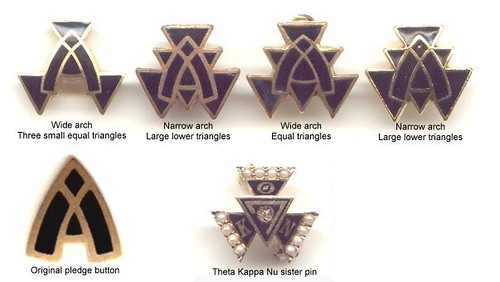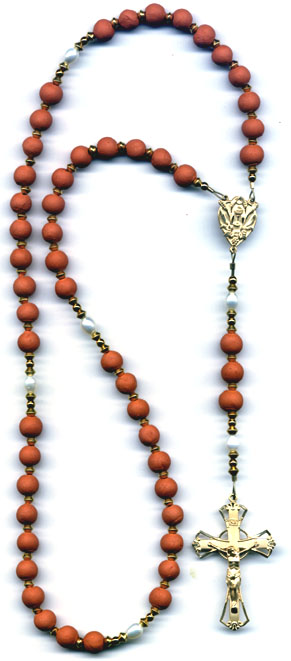Wedding Ring
Wedding ring is a ring that indicating for someone is married. It traditionally wore in left or right finger ring by women only, but today both men and women are also wore the same ring.
Looking at the early begin, it was the ancient Egyptian who established the custom of placing a ring on the finger of his wife, as a sign that he had confidence in her ability to care for his house.
The Greek and Roman bridegroom often gave a ring to the bride’s father, as a practice that was probably a survival of primitive bride purchase. In the second century B. C., the Roman bride was presented with a gold ring. But this she wore only in public. Such a ring was much too precious to wear while tending to household duties; and so the groom gave the bride a second ring – for use in the home – which was usually made of iron and had little knobs in the form of a key.
Probably the most imposing ring of all time was that used at the Hebrew wedding. This curious ring was shaped like the roof of a Jewish temple, and was so large and clumsy that it could not be worn in the ordinary manner. In times, the era of Christianity used the ring in marriage ceremonies, and it was not the plain circlet that we now use, but a highly decorated device, engraved with symbolical figures of doves, lyres and even of two linked hands. Such a “Heathenish” gadget was not given a hearty reception by the Church, and for a long time its use was discouraged, though never completely abandoned.
There are some issues discussing about the placed of wedding ring into finger ring. First opinion come up because of belief of the ancients’ that a special vein or nerve, called vena amoris, ran directly from this finger to the heart. Then, it was said that this particular combination was most suitable for finery, as the left hand was used less than the right and the third finger would better protect the ring from injuries, in as much as it could not be extended but in company with some other finger. Another explanation centers about the idea of the left hand denoting subjection of wife to husband.
In medieval England, a bridegroom would slide the ring part way up his bride’s thumb, index and middle finger, saying “In the name of the father, the son, and the holy ghost” as he passed each one. He then put the ring on the next available finger – the third finger of the left hand. This practice was finally formalized in the 1500’s when Henry VIII’s son authored The Book of Common Prayer, which gives English modern Protestant wedding vows and decrees on which finger our wedding rings should go.









